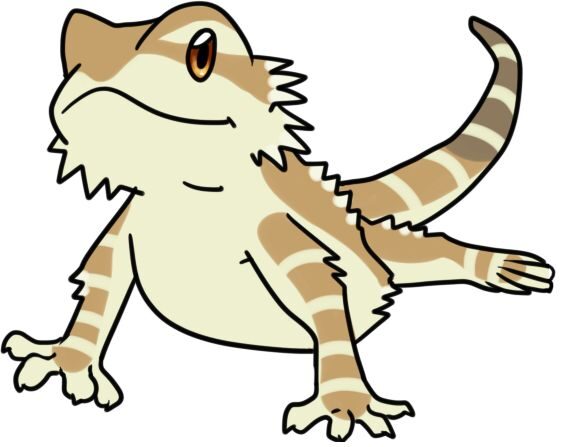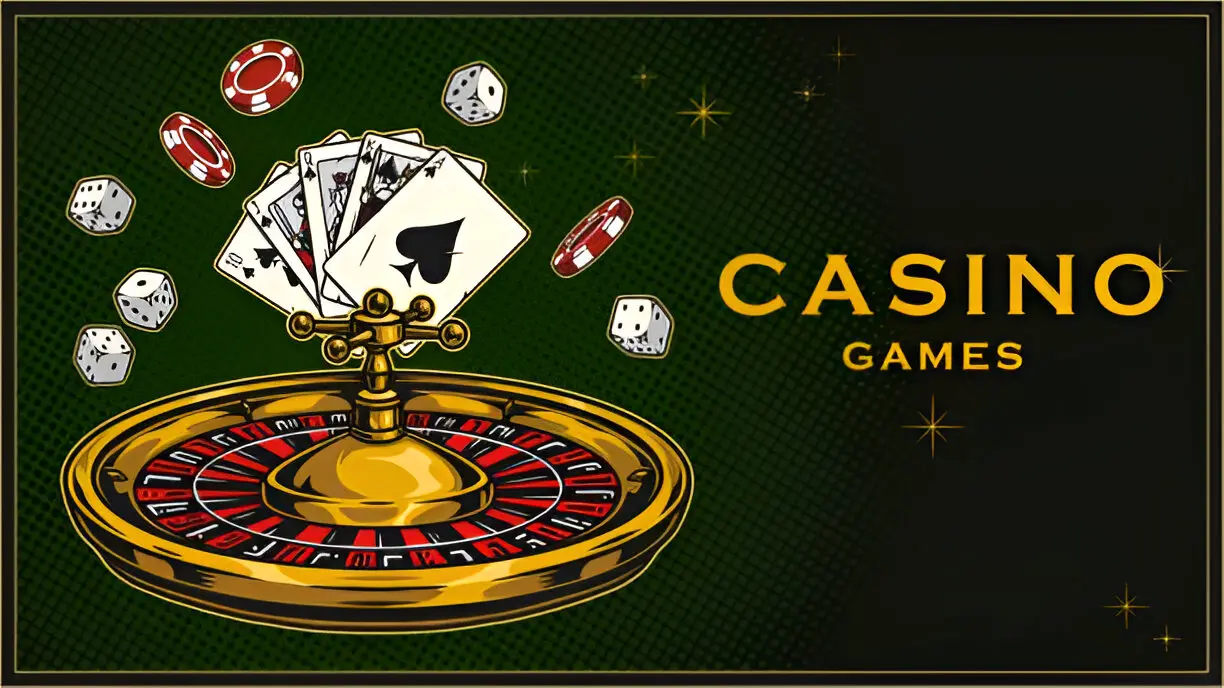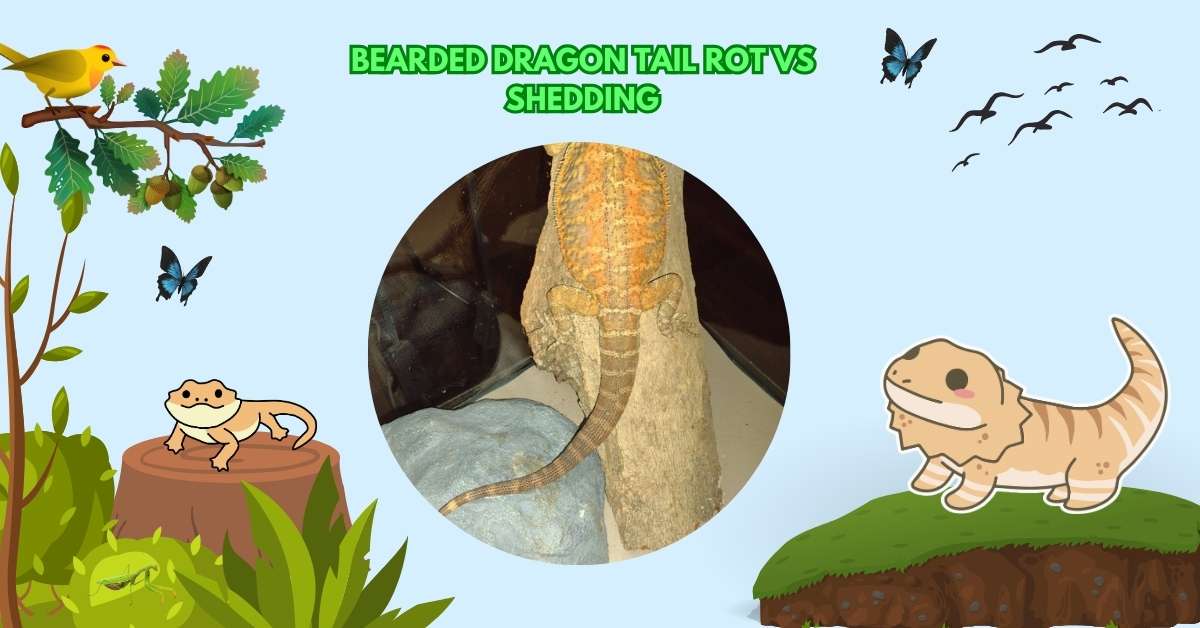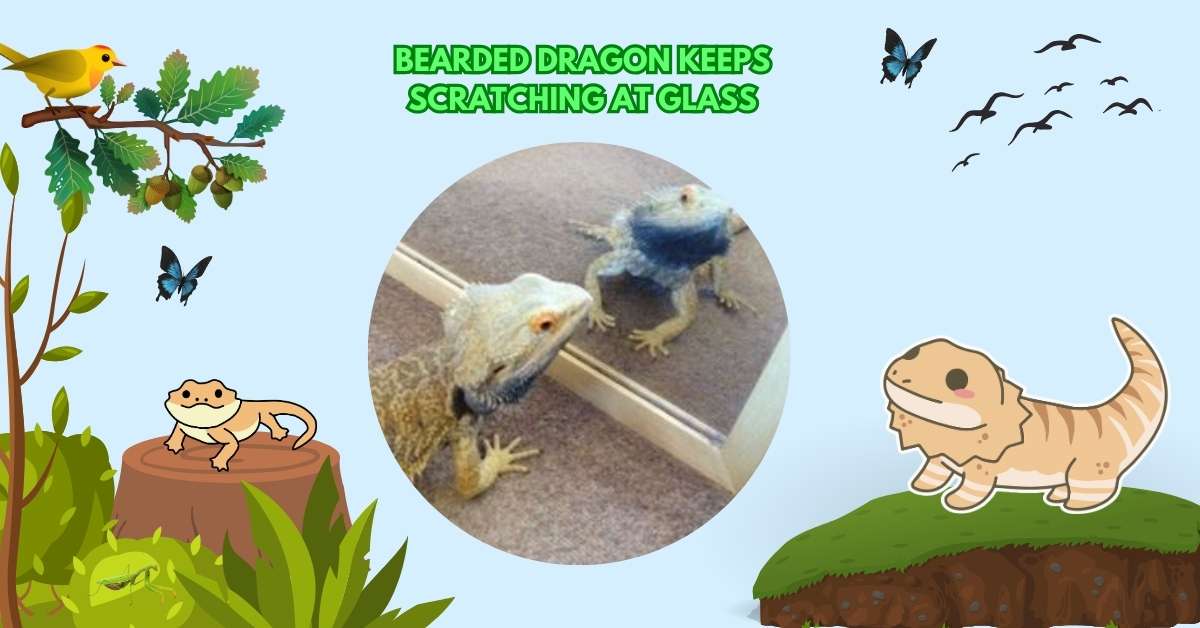To answer the question, “Can bearded dragons eat romaine lettuce?”—yes, they can, but it should be fed sparingly. Romaine lettuce isn’t toxic, but it’s not a nutritional powerhouse for bearded dragons. Its high water content and low nutrient density make it a less-than-ideal choice compared to other greens.
While it can add some variety to their diet, overfeeding romaine can lead to health issues like diarrhea or nutrient deficiencies. In the sections below, we’ll break down why romaine lettuce has limited benefits and how to incorporate it safely.
Nutritional Profile of Romaine Lettuce

Understanding the nutritional makeup of romaine lettuce is key to deciding whether it’s a good fit for your bearded dragon. Romaine is composed of about 95% water, which contributes to its crisp texture but limits its nutritional value.
It contains small amounts of fiber, protein, and carbohydrates, along with vitamins and minerals like vitamin A, vitamin C, vitamin K, and folate. However, its calcium content is low, and the calcium-to-phosphorus ratio is not ideal for bearded dragons, who need more calcium to support bone health.
Here’s a detailed breakdown of romaine lettuce’s nutritional content per 100 grams:
| Nutrient | Amount | Relevance for Bearded Dragons |
| Water | 94.6 g | High hydration, but can cause diarrhea if overfed |
| Calories | 17 kcal | Low energy, suitable for weight management |
| Protein | 1.2 g | Minimal; dragons need more from insects |
| Fiber | 2.1 g | Supports digestion, but not a primary source |
| Calcium | 33 mg | Low; dragons need higher calcium for bones |
| Phosphorus | 30 mg | Unfavorable calcium-to-phosphorus ratio (1:1) |
| Vitamin A | 8710 IU | Good for vision and skin, but excess can be harmful |
| Vitamin C | 4 mg | Minor immune support |
| Vitamin K | 102.3 µg | Supports blood clotting, but not a critical need |
Compared to a bearded dragon’s dietary needs, romaine lettuce falls short in providing adequate calcium and protein, making it a secondary rather than primary food choice.
Benefits of Feeding Romaine Lettuce to Bearded Dragons
While romaine lettuce isn’t the star of a bearded dragon’s diet, it does offer some benefits when fed in moderation. Its high water content can help keep your dragon hydrated, especially during hot weather or if they’re not drinking enough from their water dish. This hydration can support overall health and digestion.
Additionally, romaine is low in calories, making it a good option for dragons that need to maintain a healthy weight. The presence of vitamins like A and K contributes to skin health, vision, and blood clotting, albeit in small amounts. Finally, including romaine lettuce occasionally can add variety to your dragon’s meals, keeping them interested in their food.
Risks and Downsides of Romaine Lettuce

Despite its benefits, romaine lettuce has several drawbacks that make it less suitable as a staple food. The most significant issue is its low calcium-to-phosphorus ratio.
Bearded dragons require a ratio of at least 2:1 (calcium to phosphorus) to prevent metabolic bone disease, a condition that weakens bones. Romaine’s 1:1 ratio can disrupt this balance if fed too often.
The high water content, while hydrating, can lead to loose stools or diarrhea, especially in younger dragons with sensitive digestive systems.
Overfeeding romaine may also result in nutritional deficiencies, as it lacks the nutrient density of other greens. Lastly, if not properly washed, romaine can carry pesticides or bacteria, posing a risk to your dragon’s health.
How to Safely Feed Romaine Lettuce to Bearded Dragons
If you decide to include romaine lettuce in your bearded dragon’s diet, proper preparation is essential to ensure safety and maximize benefits. Start by choosing fresh, crisp romaine leaves, preferably organic to reduce pesticide exposure. Wash the leaves thoroughly under running water to remove any dirt, chemicals, or bacteria. Chop the lettuce into small, bite-sized pieces to make it easier for your dragon to eat and digest. Here’s how to feed romaine safely:
- Portion Size: Offer a small amount (e.g., 1–2 leaves) no more than once or twice a week.
- Mix with Other Greens: Combine romaine with nutrient-dense greens like collard greens or mustard greens to balance the diet.
- Monitor Digestion: Watch for signs of diarrhea or lethargy, which may indicate overfeeding.
- Supplement with Calcium: Dust the salad with a calcium supplement to offset romaine’s low calcium content.
By following these steps, you can safely incorporate romaine lettuce without compromising your dragon’s health.
Better Alternatives to Romaine Lettuce
While romaine lettuce can be fed occasionally, other greens are far more beneficial for bearded dragons due to their higher nutrient content and better calcium-to-phosphorus ratios.
Collard greens, mustard greens, and dandelion greens are excellent choices, offering substantial calcium, fiber, and vitamins. These greens support bone health, digestion, and overall vitality, making them ideal staples. Other safe vegetables include butternut squash, bell peppers, and grated carrots, which add color and nutrients to your dragon’s diet.
Here’s a comparison of romaine lettuce with top alternative greens:
| Green | Calcium (mg/100g) | Phosphorus (mg/100g) | Ca:P Ratio | Key Benefits |
| Romaine Lettuce | 33 | 30 | 1:1 | Hydration, low calories |
| Collard Greens | 232 | 25 | 9:1 | High calcium, supports bone health |
| Mustard Greens | 115 | 58 | 2:1 | Nutrient-dense, good for digestion |
| Dandelion Greens | 187 | 66 | 3:1 | Rich in vitamins A and C, widely available |
These alternatives provide a more balanced and nutrient-rich diet, reducing the need for romaine lettuce in most cases.
Common Mistakes to Avoid When Feeding Romaine Lettuce
Feeding romaine lettuce to bearded dragons seems straightforward, but there are pitfalls to watch out for. One common mistake is treating romaine as a staple food, which can lead to nutritional imbalances due to its low calcium and high water content.
Another error is neglecting to wash the lettuce thoroughly, leaving behind harmful pesticides or bacteria. Some owners overlook the importance of mixing romaine with other greens, resulting in a less varied diet.
Finally, failing to monitor your dragon for signs of digestive issues, such as watery stools, can allow problems to go unnoticed. By being mindful of these mistakes, you can ensure romaine is a safe addition to your dragon’s diet.
What Do Experts and Vets Say About Romaine Lettuce?
Reptile veterinarians and experienced breeders generally agree that romaine lettuce is safe for bearded dragons but should not be a primary food source.
Dr. Susan Horton, a reptile veterinarian, notes that while romaine can provide hydration, its low nutrient density makes it a poor choice compared to greens like collard or turnip greens.
Bearded dragon care guides, such as those from the Bearded Dragon Society, recommend limiting romaine to occasional use and prioritizing calcium-rich vegetables.
Online communities, including forums like BeardedDragon.org, echo this advice, with many owners sharing that they use romaine as a treat rather than a staple. The consensus is clear: romaine is acceptable in small amounts but should never dominate the diet.
Sample Bearded Dragon Meal Plan Including Romaine Lettuce

To help you visualize how romaine lettuce fits into a balanced diet, here’s a sample weekly meal plan for an adult bearded dragon. This plan incorporates romaine sparingly, alongside nutrient-dense greens, vegetables, insects, and supplementsmediaplayer.com
Weekly Meal Plan
- Monday: Collard greens, bell peppers, crickets (calcium-dusted)
- Tuesday: Mustard greens, grated carrot, dubia roaches
- Wednesday: Dandelion greens, butternut squash, mealworms (calcium-dusted)
- Thursday: Romaine lettuce (small amount), turnip greens, crickets
- Friday: Collard greens, zucchini, dubia roaches (calcium-dusted)
- Saturday: Mustard greens, yellow squash, hornworms
- Sunday: Romaine lettuce (small amount), dandelion greens, crickets
Notes:
- Feed insects daily for juveniles, 3–4 times a week for adults.
- Dust salads with calcium powder 4–5 times a week and a multivitamin once a week.
- Offer fresh water daily and ensure romaine is a minor component (e.g., 10–15% of the salad).
This plan ensures a variety of nutrients while keeping romaine’s role minimal to avoid potential issues.
FAQs
Why Can’t Bearded Dragons Eat Romaine Lettuce?
Bearded dragons can eat romaine lettuce sparingly, but its high water content and low calcium can cause diarrhea and nutritional deficiencies if fed often.
What Salad Can Bearded Dragons Not Eat?
Bearded dragons should avoid salads like iceberg lettuce, spinach, and kale, as they’re low in nutrients or high in oxalates, which harm calcium absorption.
What Is the Best Salad for Bearded Dragons?
The best salad for bearded dragons includes collard greens, mustard greens, and dandelion greens, offering high calcium and nutrients for strong bones and health.
What Lettuce Should I Give My Bearded Dragon?
Offer romaine lettuce sparingly, but prioritize nutrient-rich greens like collard or mustard greens over lettuce for your bearded dragon’s diet to ensure health.
What Is the Healthiest Vegetable for a Bearded Dragon?
Collard greens are the healthiest vegetable for bearded dragons, packed with calcium, fiber, and vitamins, supporting bone health and digestion in a balanced diet.
Is It Okay to Eat Romaine Lettuce Every Day?
No, bearded dragons shouldn’t eat romaine lettuce daily. Its low calcium and high water content can cause diarrhea and nutrient deficiencies if overfed.
Conclusion
In summary, the question “Can bearded dragons eat romaine lettuce?” has a nuanced answer: yes, but only in small amounts and as part of a varied diet. Romaine lettuce offers hydration and minor vitamins but falls short in calcium and nutrient density, making it a poor staple compared to greens like collard, mustard, or dandelion greens. By feeding romaine sparingly, washing it thoroughly, and mixing it with nutrient-rich vegetables, you can safely include it without risking health issues like diarrhea or metabolic bone disease. For the best results, prioritize calcium-rich greens and consult a reptile veterinarian for personalized advice. With this knowledge, you’re well-equipped to keep your bearded dragon healthy and happy.





